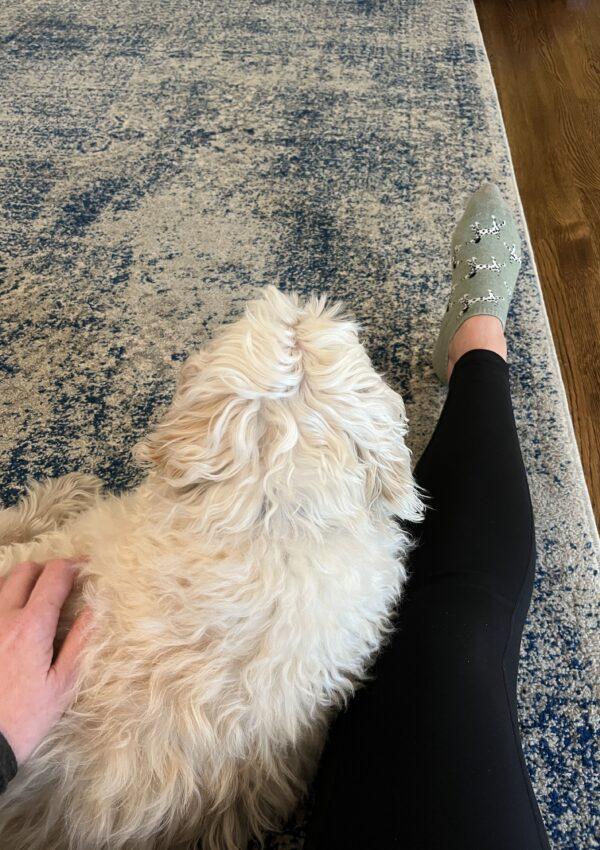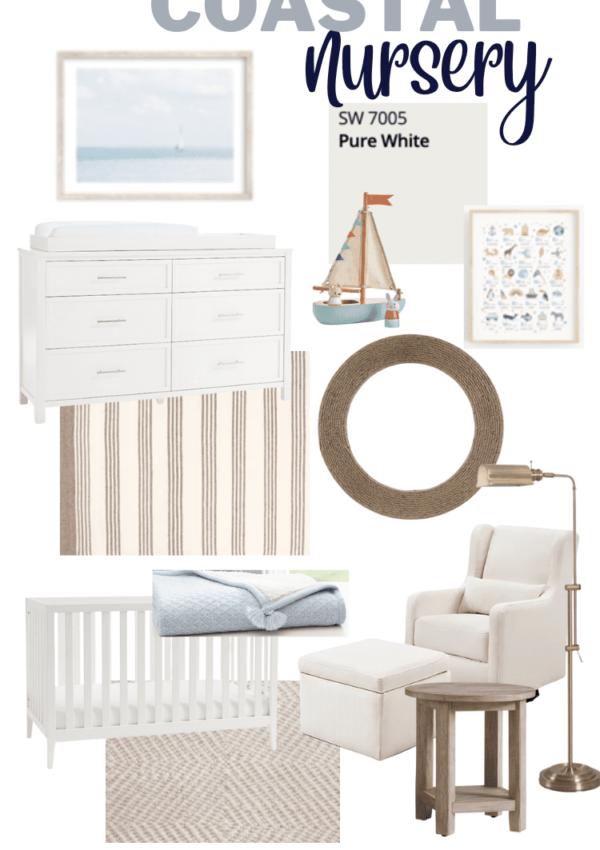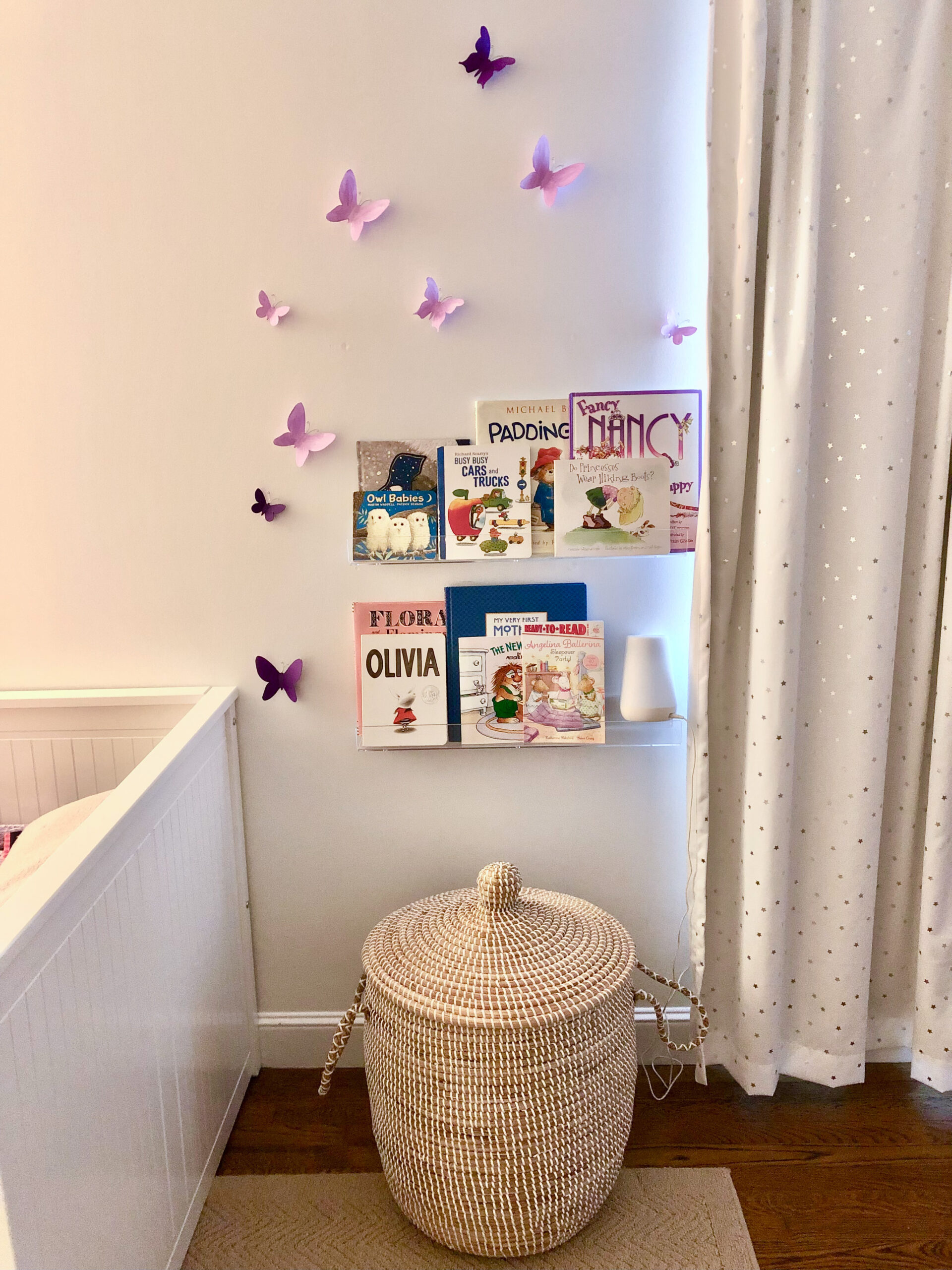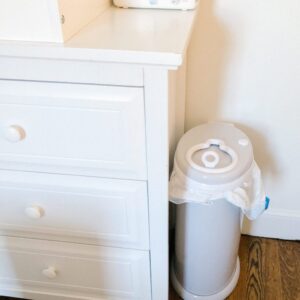I’m really excited to start sharing more about the efforts we have made to be more sustainable at home, specifically how to start composting. To me it always sounds like a daunting task to make changes to an everyday routine. But with a nudge from my husband and knowing that all you have to do is start small, it’s totally doable!
I promise that the changes I’m going to share in this new “Sustainability at Home” series will be really easy to do – and will make a visible impact, too. Whatever your motivation is for having a more eco-friendly home, you might see benefits in other areas.
Future posts will touch on reducing clothing waste, better kids’ clothing brands, gardening, and more, but today we’re going to start with composting.

Sustainability at Home
It started as an effort to reduce food waste. We made some changes in our home, and started keeping a small compost bin on the kitchen counter. We actually began composting with the idea that we would use the composted soil for the tomatoes we had just planted in our yard.
We did (eventually) use the compost for the tomatoes, but what we noticed immediately was that we had one less bag of trash each week. That’s 52 fewer bags a year! (If you live somewhere that charges per bag of trash, you can already imagine the cost savings.)
What can you compost?
Here’s what we put in our kitchen compost bin:
- vegetable peelings
- apple cores
- leftover bread
- paper towels
- uneaten berries or veggies that go bad
- coffee grounds (including the filter)
- egg shells
- rice and pasta
- flowers
It’s hard to believe that it adds up to a bag of trash every week, but it did for us!
What should you not put in the compost pile?
Meat, dairy, and stickers on fruit peels are a few things you should keep out of the compost bin. Flowers or plants with diseases should be left out, too. We don’t usually put roses in the compost bin because we read that they’re not great for the soil.
What do you do with the compost?
When the kitchen compost bin is full, we empty it into one of our backyard compost bins. They’re much larger (we have two of them, and each is 65 gallons) and in the yard, out of the way.
You don’t have to keep a backyard bin, though. Some communities will pick up compost (sometimes for a fee), as part of local sustainability programs. Local community gardens might also have composting and take household compost.
So far we’ve used our composted soil for our lawn, our vegetables, and our other plants. It’s not something I ever thought I’d be into, but it has decreased our trash, helped us with our gardening (especially during last spring and summer when we were home a LOT more than usual!), and has taught us something new. I also feel really good about keeping usable waste out of landfills- and using fewer plastic trash bags overall, too.
How to “build” your compost
You want to layer two types of compost in your backyard bin: “browns” or dry stuff (aka newspapers, leaves, twigs) and “greens” or wet stuff (aka kitchen compost, grass clippings). There’s a helpful guide here from NPR since I’m not at all an expert.
You want to have about double the amount of browns as you do greens- think of it as the dry stuff helping mop up the wet stuff. The idea is that everything in your compost bin will decompose if you’re tending it (basically, mix it up every so often) and it turns into this dirt-smelling pile that you can use as nutrient-rich dirt!
We put hay/grass/leaves in the bottom and keep the top covered with hay, too. When we empty our kitchen compost into the larger bins, we mix it a bit with a shovel.
Again, composting is something I thought wasn’t that important, but it has made a big difference for us. It’s easy to get the hang of, and once you start composting, it feels weird to ever throw away vegetable peelings again!
Who wants to join me in kitchen composting??






Leave a Reply